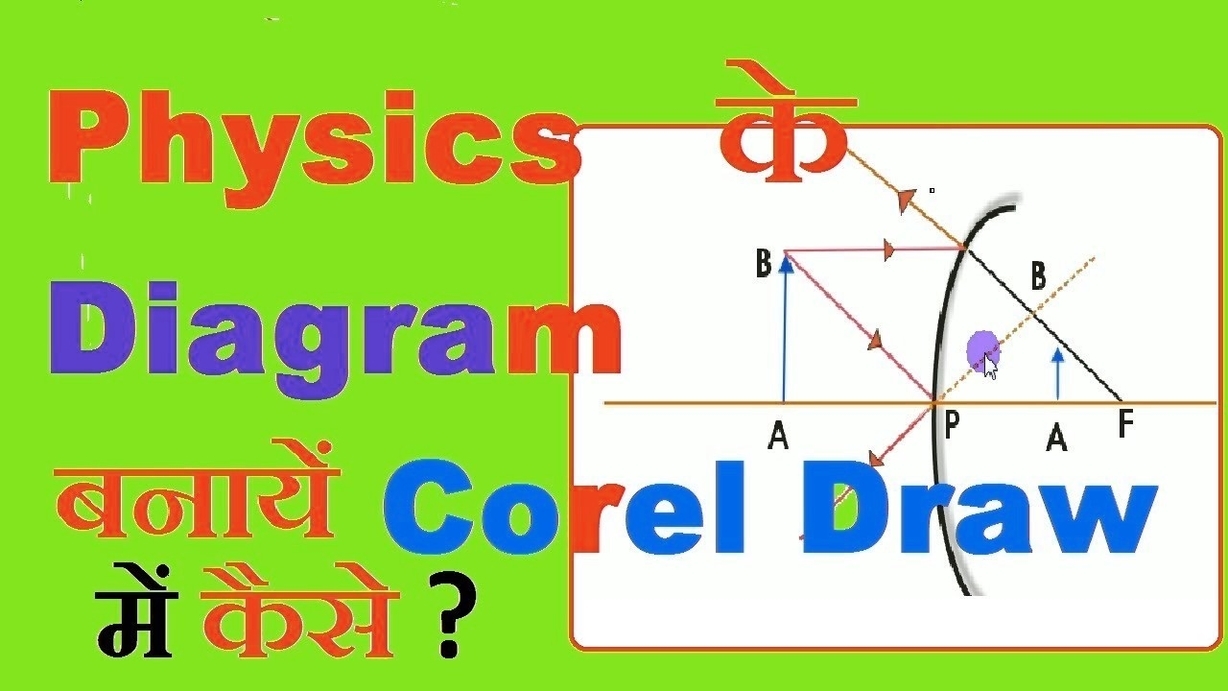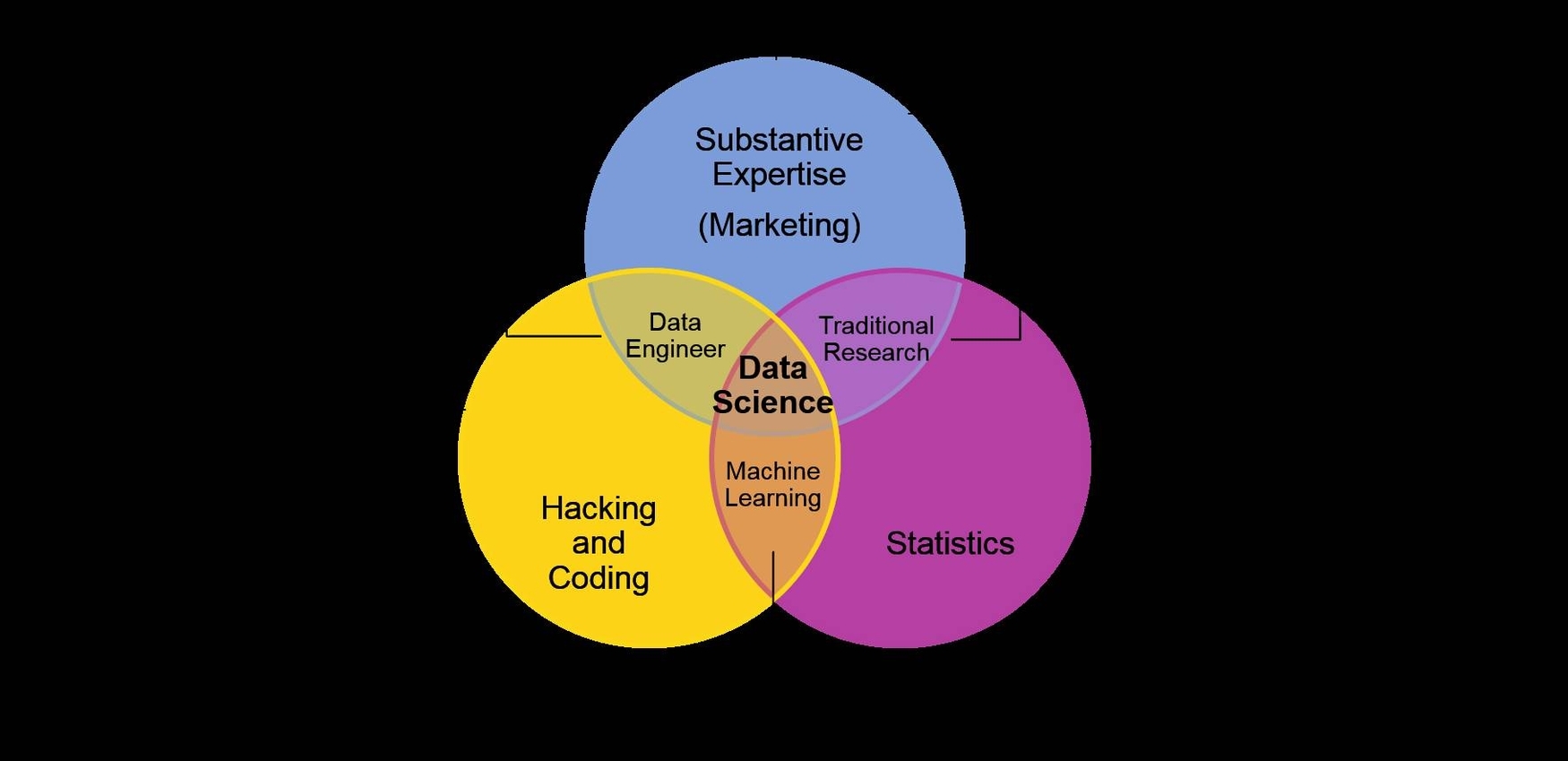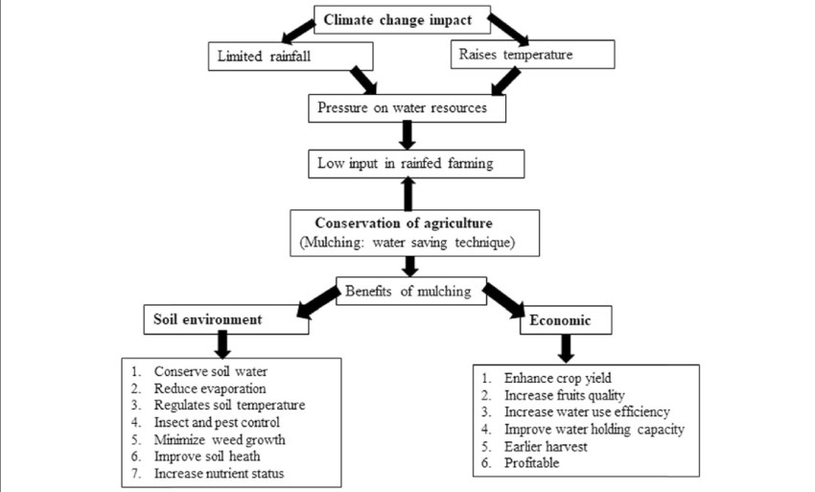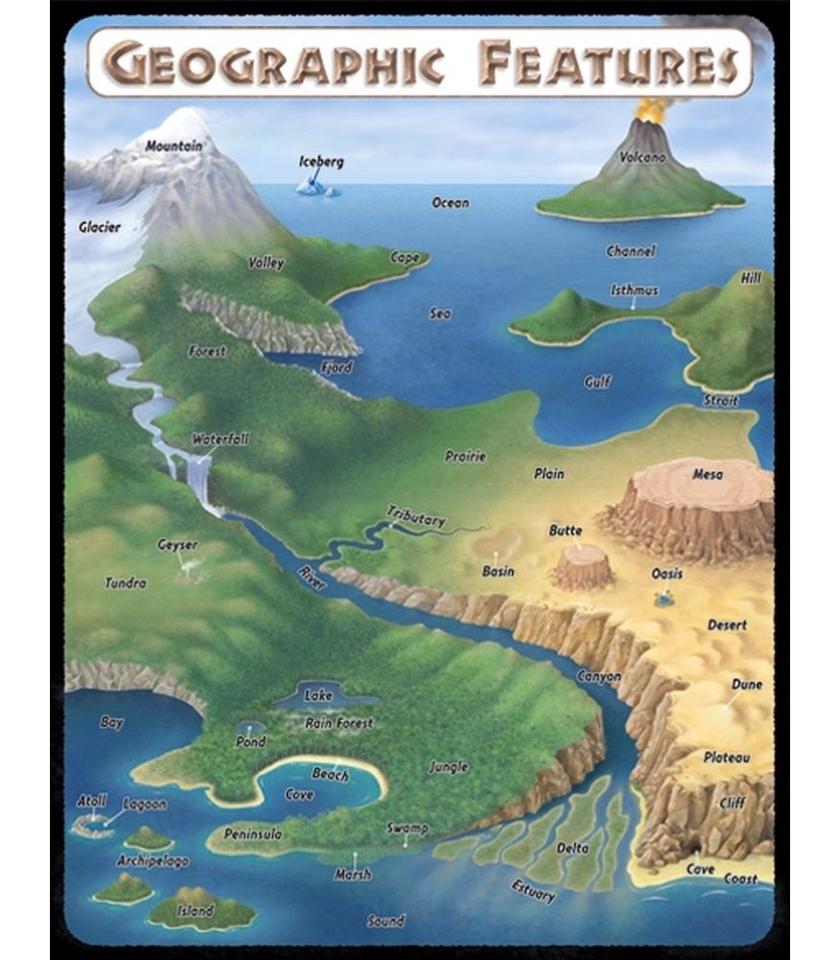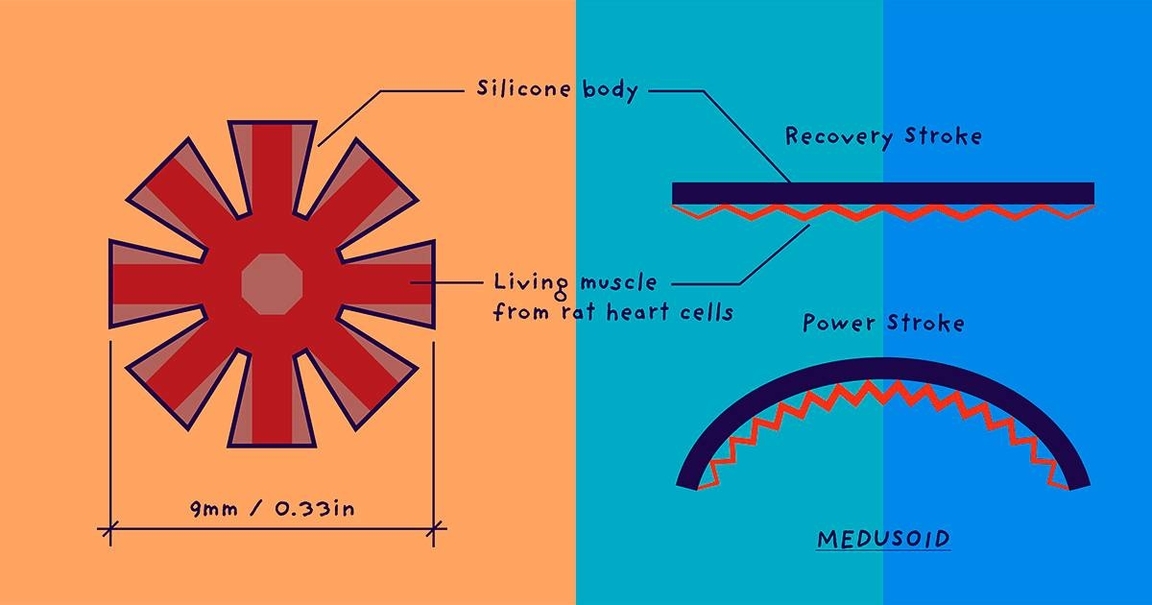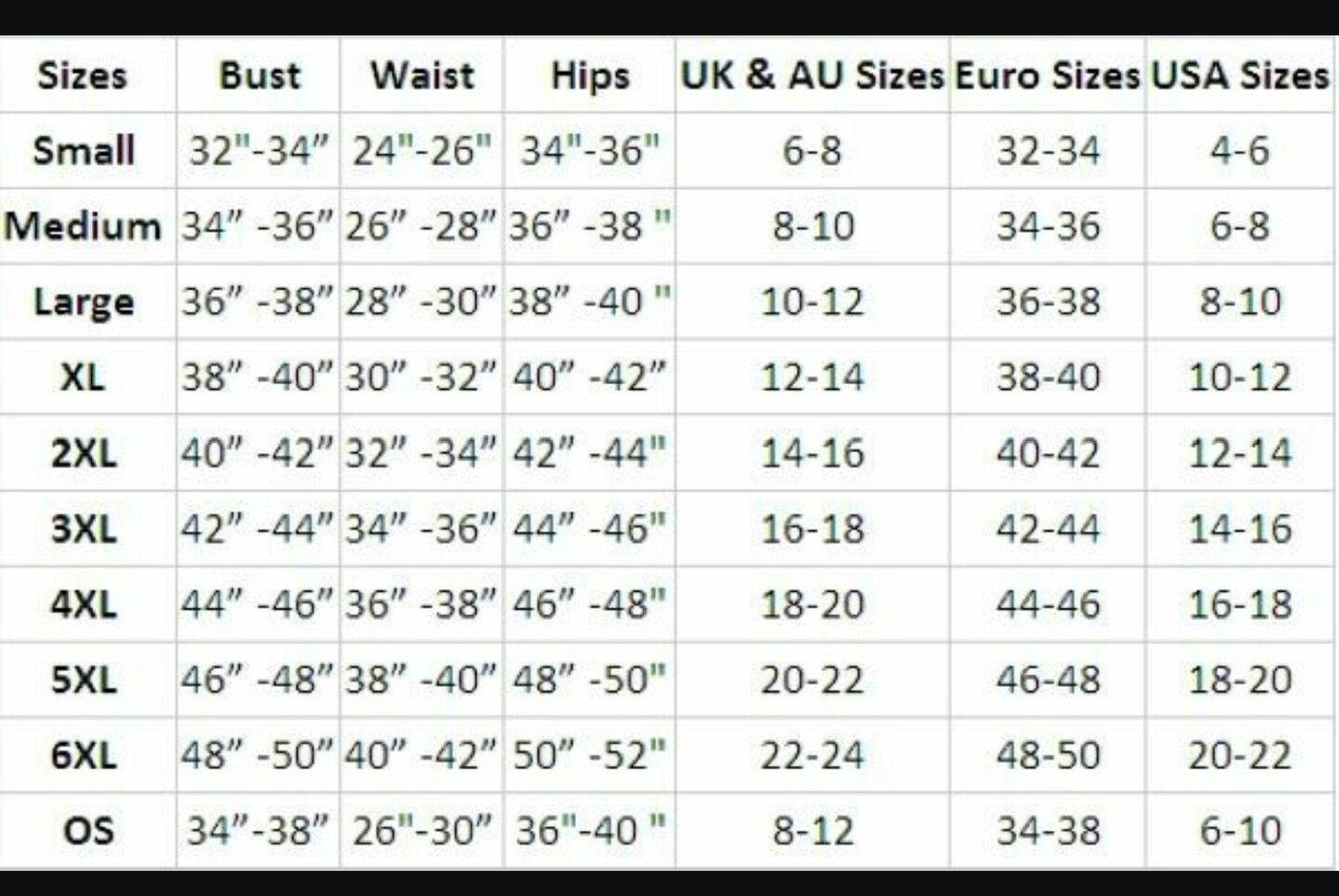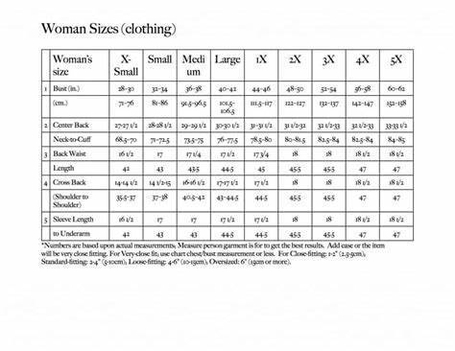Physics drawings are a visual representation of physical concepts and phenomena. They can be used to illustrate the behavior of objects in motion, the properties of waves, the structure of atoms, and much more. Physics drawings can be created using a variety of tools, including pencils, pens, markers, and computer software.
One popular tool for creating physics drawings is oPhysics Mechanics Drawing Tools . This tool provides a collection of movable pieces such as masses, pulleys, inclines, springs, and more, which can be used to create custom diagrams. You can also use the built-in drawing tools or free draw to create your own diagrams. The tool also provides options to customize your diagrams by turning the grid-snap on or off, adjusting the line thickness, and changing the colors of objects.
Another way to create physics drawings is to use vector graphics software such as Adobe Illustrator or Inkscape. These tools allow you to create precise and detailed drawings that can be easily edited and scaled. You can also use these tools to create animations and interactive simulations that help to illustrate complex physical concepts.
There are many different types of physics drawings, ranging from simple diagrams to complex illustrations. Some common types of physics drawings include free-body diagrams, energy diagrams, wave diagrams, and atomic structure diagrams. Free-body diagrams are used to illustrate the forces acting on an object, while energy diagrams are used to show the energy changes that occur during a physical process. Wave diagrams are used to illustrate the properties of waves, such as wavelength and amplitude, while atomic structure diagrams are used to show the arrangement of electrons in an atom.
In conclusion, physics drawings are an important tool for understanding and communicating physical concepts and phenomena. They can be created using a variety of tools and software, and can range from simple diagrams to complex illustrations. Whether you’re a student, teacher, or researcher, physics drawings can help you to visualize and understand the world around you.
